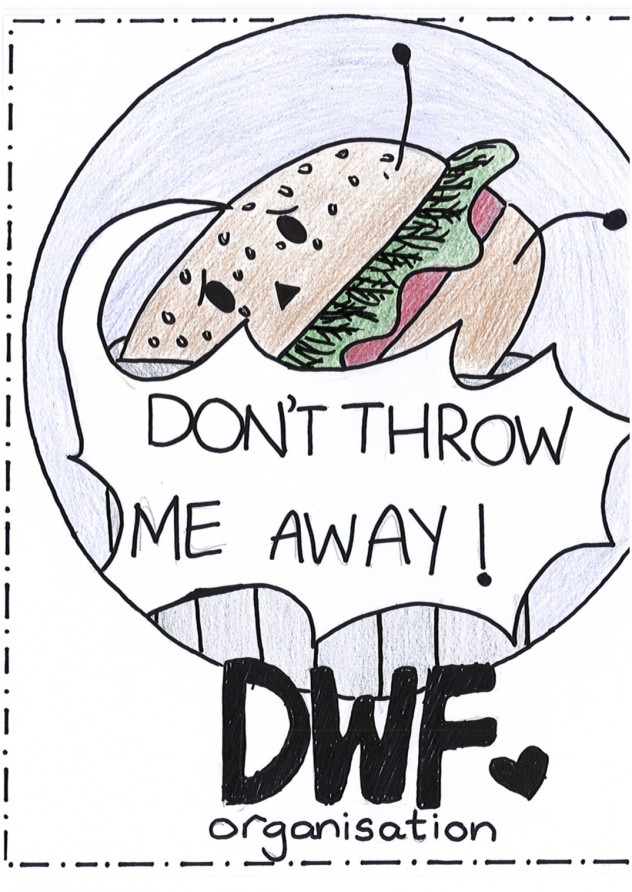Media Campaign—– The End
For the last few weeks, we were learning the unit of communication. For this unit, we did a campaign on environmental issues. Our group (Margot, Joey and me) decided to make a campaign based on food wasting. What I learnt from the process of making the campaign was choosing the proper format of campaign for different audience. To achieve that, we chose the video, which was for all the people in the school; the slogans, which we stick it on each table for everyone eating on the table; and the posters, for the people who pass the windows. To make more people understand, we tried our best to make the poster as interesting as possible; and to make the slogans funny to read, we made the slogans simple but meaningful, people need to think about what it means.
One thing that we struggled the most was choosing the issue to work on. First we wanted to interview the cleaners on the streets and compare their life to ours to make people aware of waste, but then we found that was not very practical and doable, and the idea of wasting is also too wide, it was not concentrated so it would be hard to focus. Then we thought about the food waste, every lunch we waste a lot of food in our school, it’s a serious problem, so we decided on this topic at last.
The thing we did particularly well was we actually put our campaign into use, we put our slogans and posters all around the cafeteria. So it became more than just an assessment, it played a role. On that point, I think our campaign was quite successful.
Except ours, Bruce’s campaign was also quite successful. His campaign was about saving the ocean animals and was made of three parts, the first one was posters, his posters were quite simple but effective, his pretty drawing will attract people in a short time. The second part of his campaign was newspaper, although I haven’t read his articles yet, it was still a good way to publicize the idea. The last part of his campaign was the video, the video part did not have the same effect the previous two made. But generally, the campaign was effective and impressive.
What we could do better next time was we could make it closer to life, we could measure the amount of food wasted before we put our campaign into use and after, so we could use the data to judge whether our campaign is useful or not.
Overall, I learned a lot through the project and I enjoyed working with others a lot.

